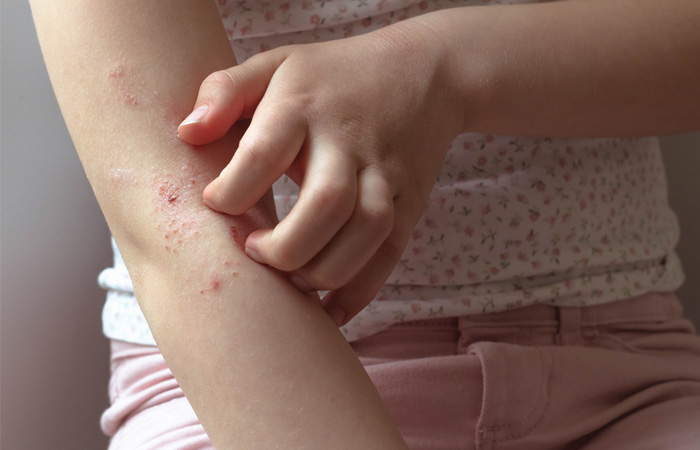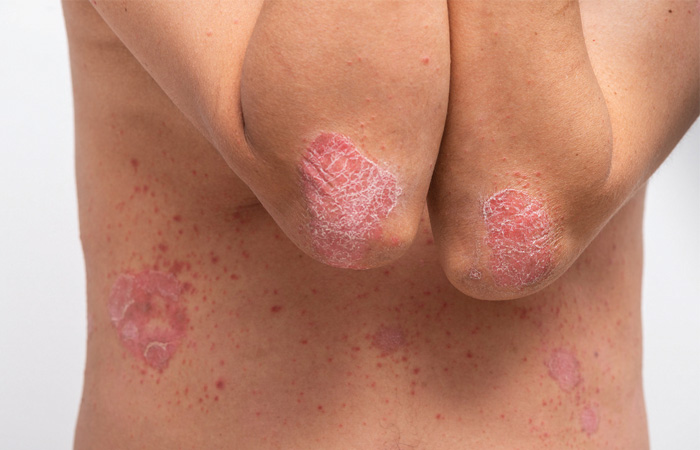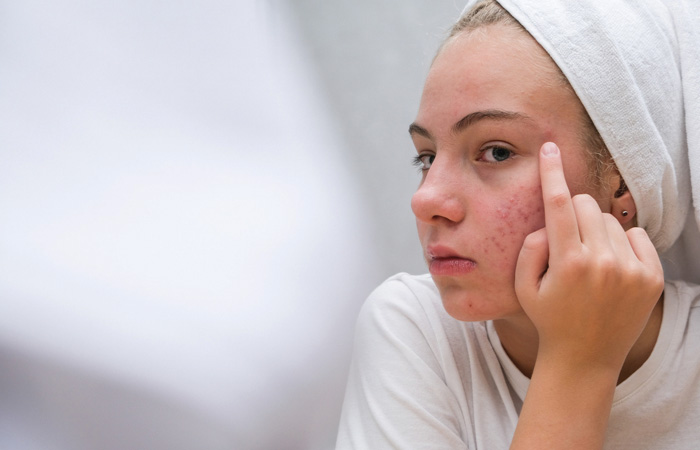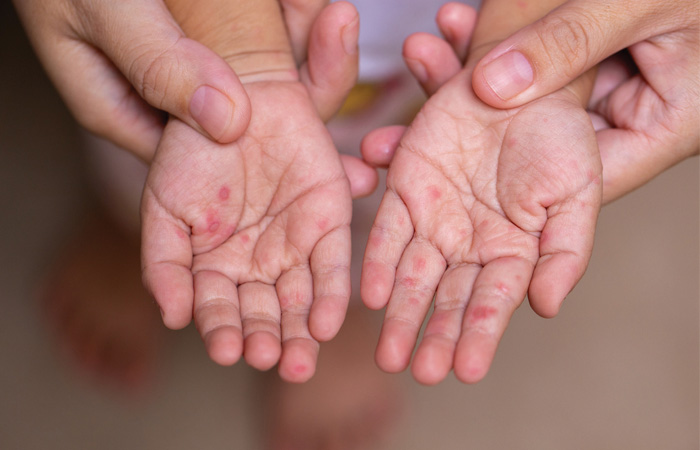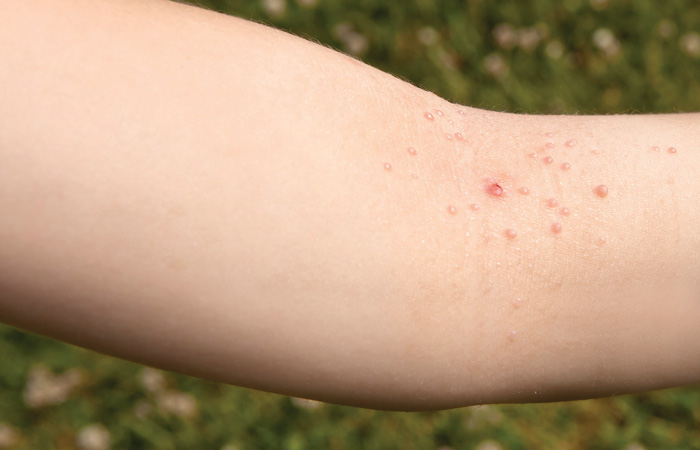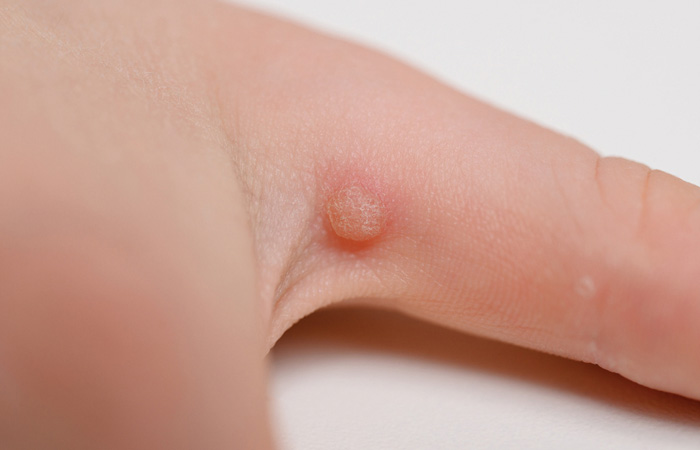In OTC
Follow this topic
Bookmark
Record learning outcomes
A new report from the Academy of Medical Sciences at University College London (UCL) claims more than one in five children in England are overweight or obese by the age of five, and one in four have tooth decay.
The study highlights the “appalling decline” in child health, a need for “urgent action” and follows another report from the Royal College of Paediatrics and Child Health (RCPCH) which said the health of children in the UK is falling behind that of their peers in many other European countries, despite pledges from UK health ministers that money is being invested in services to help tackle health inequalities.
While it’s natural that parents will be concerned when they read news stories about reports like these, pharmacy teams can help separate the useful insights from the scare stories, and give practical advice about their children’s health.
You are what you eat
With childhood obesity a growing concern, it can be confusing to parents and carers when it comes to working out how much food is too much, or what the ‘right’ kinds of foods are for their children.
Advice from The British Dietetic Association (BDA) is that “children need regular meals and snacks to give them the energy and nutrients to grow and stay healthy”.
Children should be offered three meals per day with two small snacks in between. “Breakfast is a really important meal”, says the BDA, “with children who have breakfast shown to concentrate better throughout the morning in school”. Lunch and evening meals should contain a variety of different foods, each day, to offer children a range of nutrients.
But it’s not just about what a child eats. A child’s surrounding environment when they are eating is important, too. The BDA says eating with other members of the family and having the same meals “encourages children to enjoy a variety of foods” and preferably “without the distractions of the television or computer games”.
Children’s nutritional needs change as they get older, so their diet needs to adapt too. Children under five years are growing rapidly and have high requirements for energy (kcals), which needs to come from nutritious foods, while children over the age of five should follow the same healthy diet as the rest of the family.

Eating meals around the table with other family members will encourage children to try a variety of foods and help them focus on mealtimes.
Official recommendations
The BDA recommends that the following foods should all be offered every day:
1. Starchy carbohydrates
Each meal should be based on foods from this group, which include bread, potatoes, pasta, rice, breakfast cereals and grains, such as couscous and quinoa. For children over five-years-old, wholegrain varieties are a healthier and more filling option.
2. Fruit and vegetables
Fruit and vegetables provide lots of vitamins which can help to prevent coughs and colds, and contain fibre for good bowel health. Fruit and vegetables can be fresh, frozen, tinned (in their own juice) or dried. Fresh fruit juice also counts towards one portion per day but should be given alongside mealtimes. Try and include both fruit and vegetables at main meals, and fruit can be used as a snack or to make smoothies. Aim for five portions every day.
3. Calcium-containing foods
This group provides protein and calcium, which is important for growth and healthy bone and teeth development. Products such as milk, cheese, yoghurt and fromage frais are good options. Aim for three servings of calcium-rich food every day – for example a 150ml glass of milk, a small pot of yoghurt and a small matchbox-sized piece of cheese. Children under two years should have full fat milk and dairy
foods. Semi-skimmed milk can be introduced from two years if they are growing well. Non-dairy alternatives to cow’s milk can be given from six months in food and from 12 months as a main drink.
4. Protein and iron
Meat, fish, eggs, nuts, pulses (like beans, lentils and peas), and foods made from pulses (like tofu, hummus and soya mince) are excellent sources of protein and iron, and should be eaten at least twice per day. Protein is needed for growth and iron is needed to prevent anaemia; a common condition seen in children.
Snacking can also affect a child’s eating habits and can mean that they don’t have a balanced diet. BDA advice is to “try to keep snacking to twice per day and opt for fruit and vegetables in place of snacks high in fat, salt and sugar”. High sugar intake can lead to tooth decay and obesity in children, so avoiding frequent sugary drinks, snacks or sweets will protect their teeth and overall health.
Do children need a daily vitamin?
The Department of Health recommends that all children aged six months to five years are given a supplement containing vitamins A, C and D, with all children over the age of one taking 10 micrograms of vitamin D, especially during autumn and winter.
As children have different nutritional needs to adults, the Health Supplements Information Service (HSIS) recommends that parents and carers choose food supplements which have been specifically formulated for their children and teens – many of which come in a chewable or liquid form to make it easier for younger children to swallow.
“People should check carefully the age range that the product is suitable for,” says the HSIS, “as adult products have higher levels of certain nutrients which can be harmful to children, for example iron is dangerous to young children if taken in excess”.
Brushing up
With the recent news that teeth-brushing lessons are being introduced in some schools across England in response to a rise in tooth extractions, Dr Smita Mehra, principal dentist at The Neem Tree Dental Practice (theneemtree.co.uk), shares her top tips on looking after children’s teeth.
Introduce teeth cleaning as early as possible
Children learn by repetition and modelling, so starting the habit early – even before milk teeth have begun to show – sets the foundation for lifelong healthy oral care habits.
Use a timer
A timer helps to ensure that children are brushing their teeth for the recommended duration, which is typically two minutes. Kids may be more inclined to follow a thorough brushing technique and be less distracted by things around them if focused on the seconds counting down.
Make it fun
For younger children, brushing their teeth can be a boring or monotonous task. Incorporating a game, or adding some fun to the routine can encourage kids to be more enthusiastic about the process, such as letting your child pick out a toothbrush featuring their favourite cartoon character, or finding one of the many YouTube videos designed to play in the background as they brush.
Encourage a consistent routine
Choosing one routine and repeatedly doing it every morning (i.e. after breakfast) and evening (i.e., before a bedtime story) will ensure your kids are brushing their teeth correctly, and can encourage them to start doing it independently.
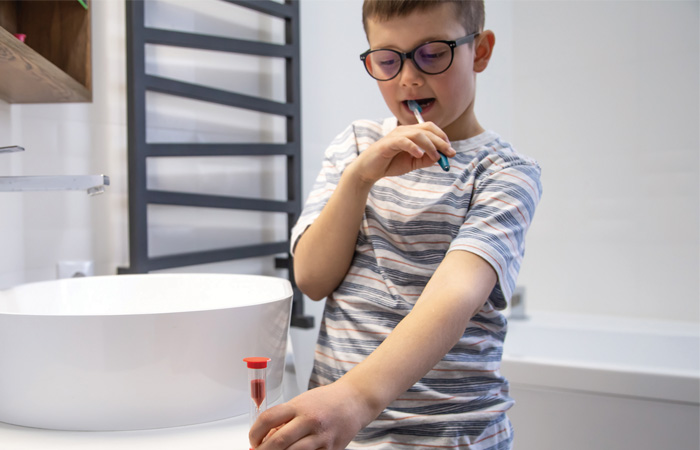
Exercise recommendations
Data from Sport England shows more than half of the seven million children aged five to 15 in England are failing to complete the recommended daily amount of exercise.
The chief medical officer in England recommends children and young people aged five to 18 do at least 60 minutes of activity every day, split between two types of physical activity each week. This includes aerobic exercise for cardiovascular health, as well as exercises to strengthen their muscles and bones.
NHS advice is that children and young people aged five to 18 should take part in a variety of types and intensities of physical activity across the week to develop movement skills, muscles and strengthen bones. This also reduces the time spent sitting or lying down and breaks up long periods of not moving with some activity.
Examples include:
- Walking to school or walking the dog
- Playground activities including jumping, running and catching
- Physical education
- Sports like football or tennis
- Swimming
- Skipping
- Dancing
- Skateboarding or rollerblading
- Cycling.
Children and young people aged five to 18 who are living with a disability should aim to do 20 minutes of physical activity a day, splitting this into smaller chunks of activity throughout the day if needed. In addition, they should also aim to do challenging but manageable strength and balance activities three times a week.
The mental health link
Sport England’s Children and Young People’s Mental Health and Physical Activity review from September 2024 highlighted increasing concerns about the mental health of children and young people in many countries, including England, with mid- to late-adolescence being an important life stage in which many mental health problems first emerge.
The government body says encouraging children and young people to take up sport and physical activity is one way of addressing this issue. Its review recommends physical activity of moderate-to-high intensity as the most effective in treating depression in adolescents, with the “optimum intervention dose” ranging from four 30-minute exercise sessions per week, for at least six weeks, through to three 20-60 minute sessions per week for at least 12 weeks.
As essential members of the wider primary care team, community pharmacy teams armed with this kind of knowledge, support and advice can provide young people with a safe space to talk about all aspects of their health without feeling judged.
The skin situation
Dr Natasha Stembridge, consultant dermatologist and British Skin Foundation spokesperson, lists some of the most common skin conditions that pharmacy teams might encounter in children and young people, and what advice and signposting to offer.
Common inflammatory skin conditions in children and young people include eczema, psoriasis and acne.
There are then common viral skin conditions, including hand, foot and mouth disease, warts and molluscum contagiosum.
Skin conditions
Eczema is a disorder of skin barrier function and is also called atopic dermatitis. Using moisturisers (also called emollients) can help to restore skin barrier function. Ones which contain paraffin are often used, and ceramides may also be helpful. Soap substitutes are used instead to avoid soap, shower gel and bubble bath which can further dry the skin. Topicals such as steroids or calcineurin inhibitors help to control skin inflammation but require a prescription.
Psoriasis is an inflammatory condition characterised by clearly defined, red and scaly plaques – though sometimes in childhood it may not appear very scaly and can look eczema-like. Moisturisers, topical steroids and calcineurin inhibitors may also be used, as well as vitamin D analogues – preparations of vitamin D combined with a topical steroid.
Acne is an inflammatory condition affecting the hair follicle and oil glands, resulting in spots. These can become blackheads, whiteheads, papules, nodules or cysts. Skin care which is non-comedogenic (not spot forming) can be helpful, such as using a non-alkaline (skin pH neutral or slightly acidic) cleanser twice daily, followed by a light moisturiser. Useful ingredients for spot prone skin include benzoyl peroxide, salicylic acid, azelaic acid and niacinamide. Oil-based topicals should be avoided as they may worsen acne. Beyond this, prescription topicals are used with a combination of a retinoid and benzyl peroxide or azelaic acid, plus oral tetracycline antibiotics.
Hand, foot and mouth disease is usually caused by a coxsackie virus and mostly affects children under the age of 10 years. It causes blisters on the hands, feet and in the mouth. It may sometimes cause more areas to blister or infect eczema. In most cases, it is a self-limiting infection though it may be painful and affect oral intake. Analgesia for children containing paracetamol plus antiseptic mouthwashes as needed can be taken. Viral skin swabs to tell apart hand, foot and mouth from the cold sore virus are needed if the rash is affecting a larger area or infecting eczema.
Molluscum contagiosum is a common skin infection caused by a pox virus. This is also self-limiting, though may take months to years to clear. The skin-coloured papules have umbilication in the centre (a dip). No treatment is needed but commercial preparations can be bought that contain potassium hydroxide, though this can cause areas to become inflamed. When this occurs, scarring is possible. Scratching should be avoided to reduce the spread of the lesions and towels should not be shared between family members.
Warts are common in childhood and can often affect the hands and feet, but they may occur on other areas including the face. These will resolve over months to years, but wart paints containing salicylic acid or lactic acid can be tried on non-facial skin. Many do not require a prescription and daily use for up to four months can help.


